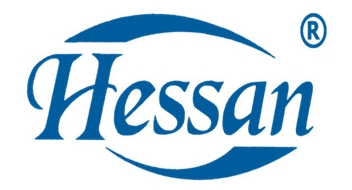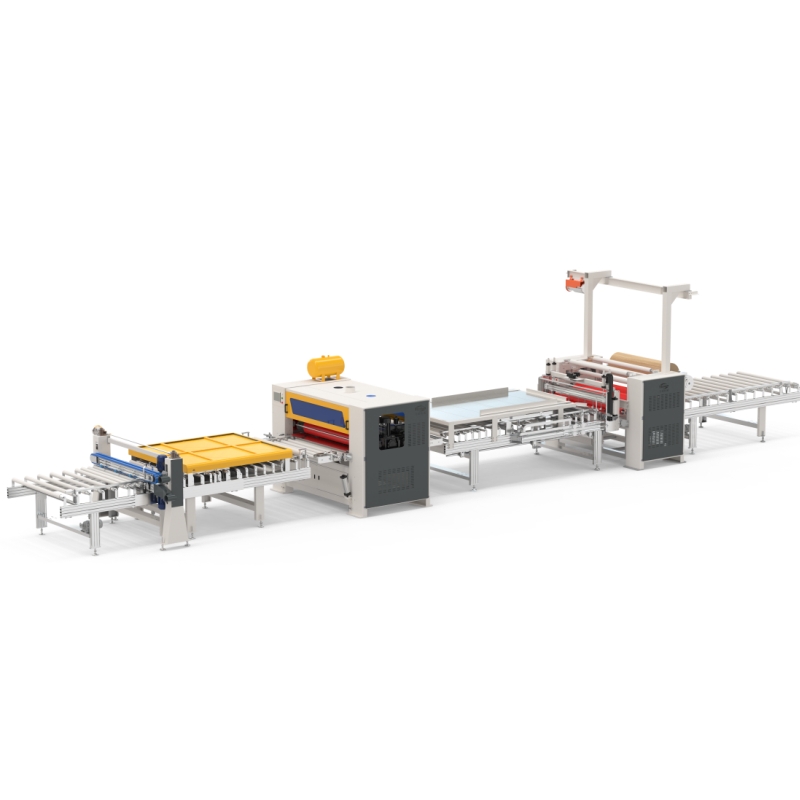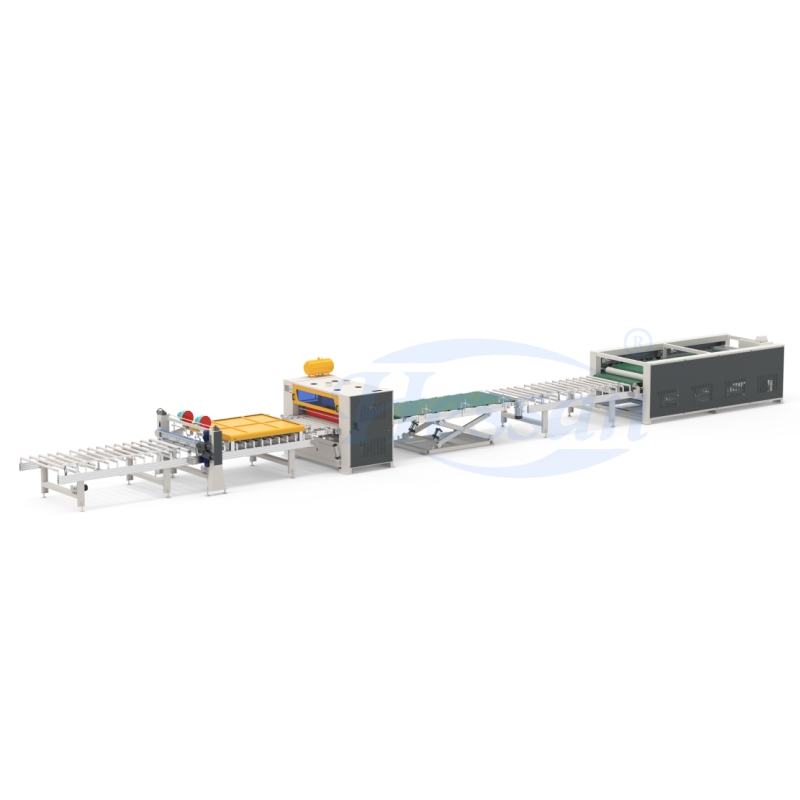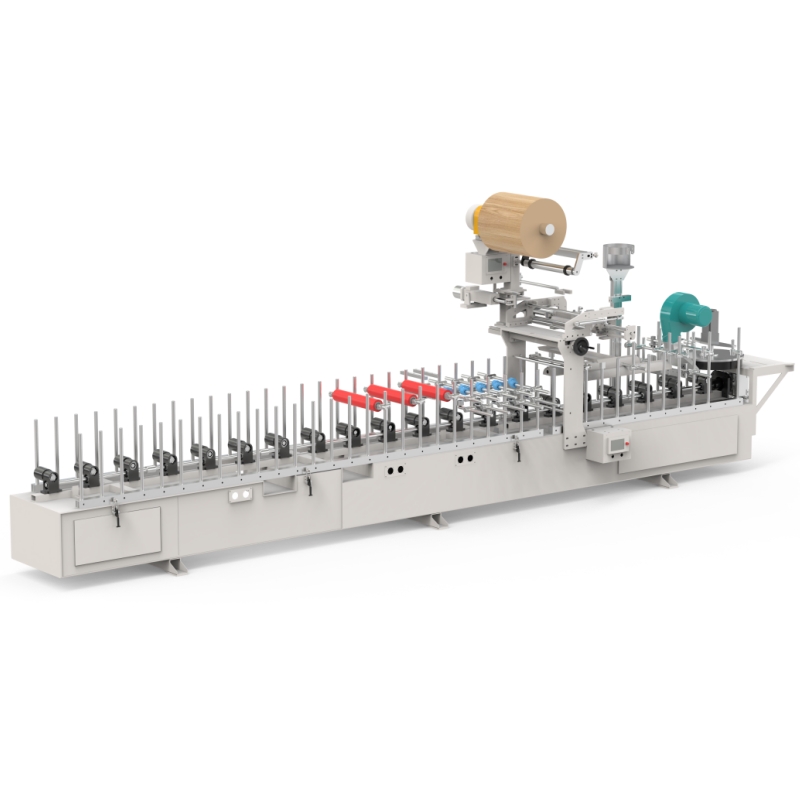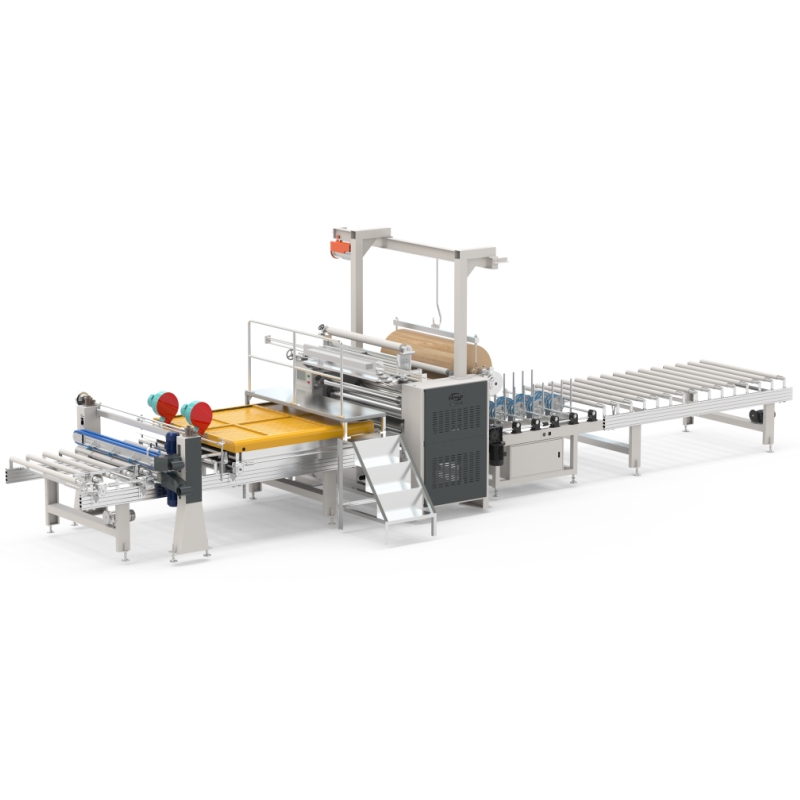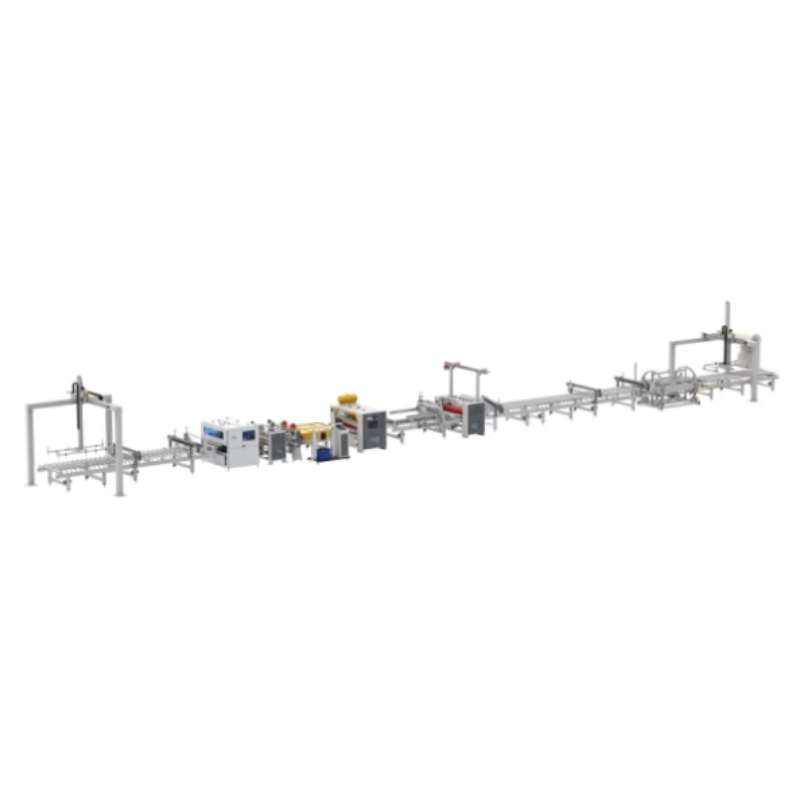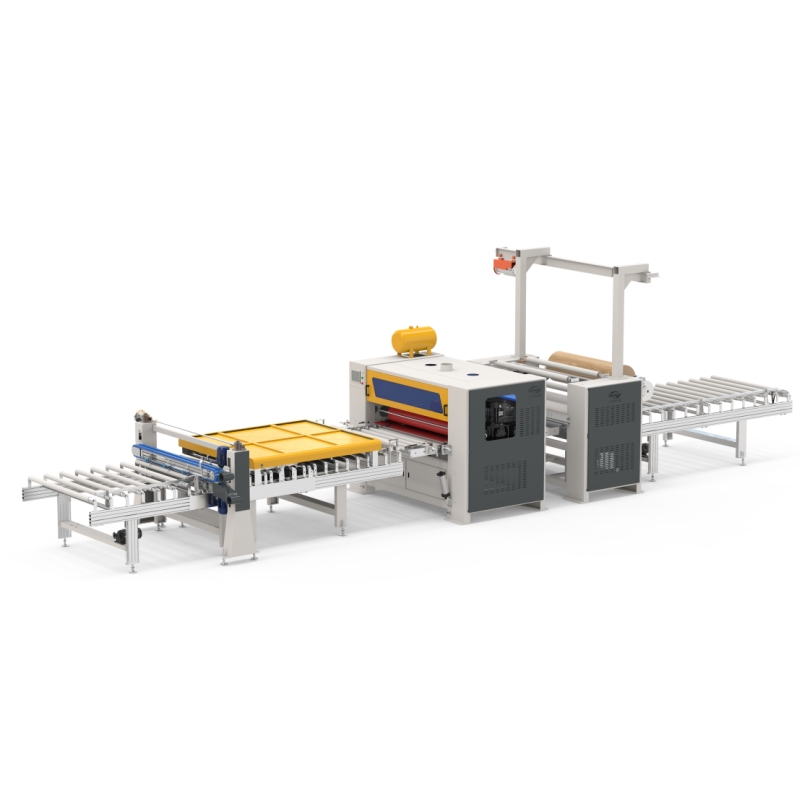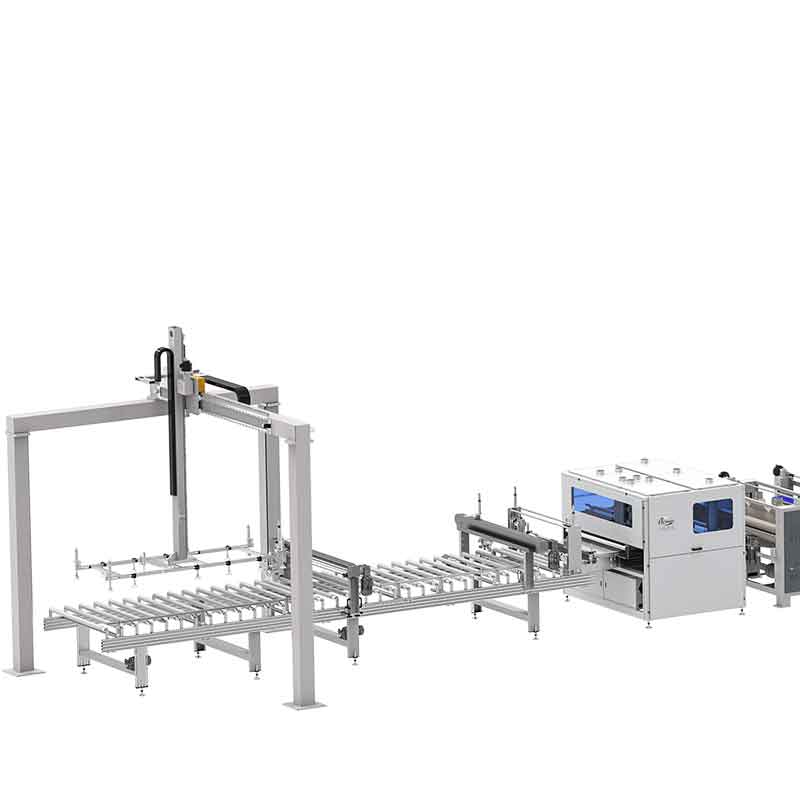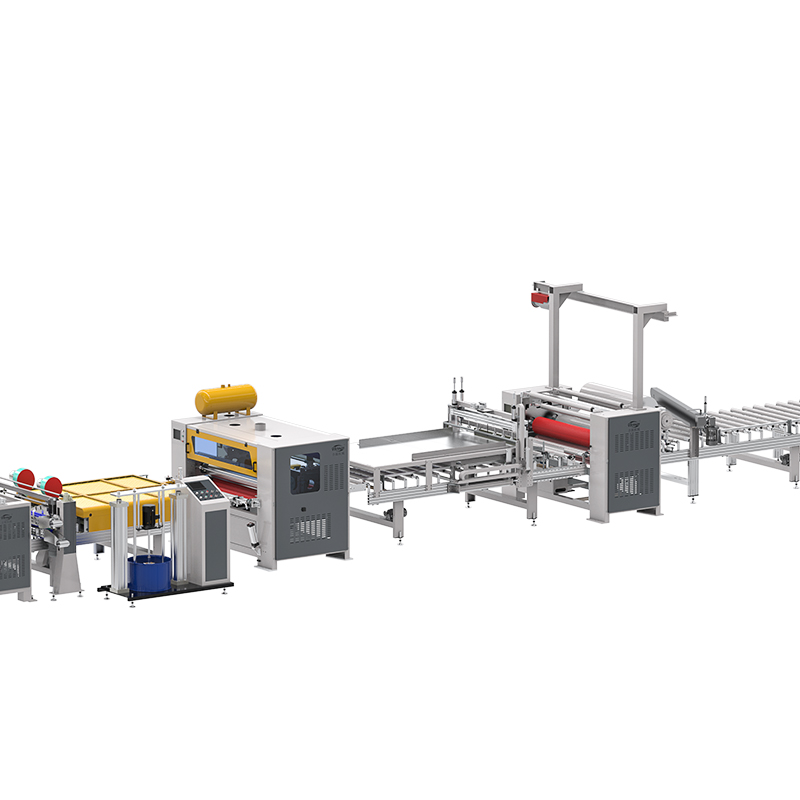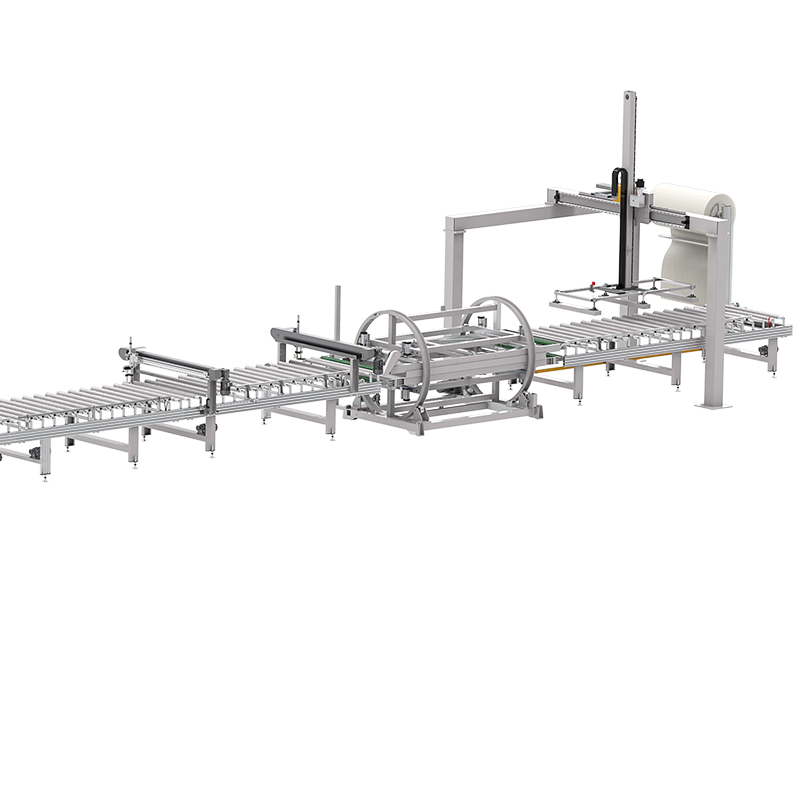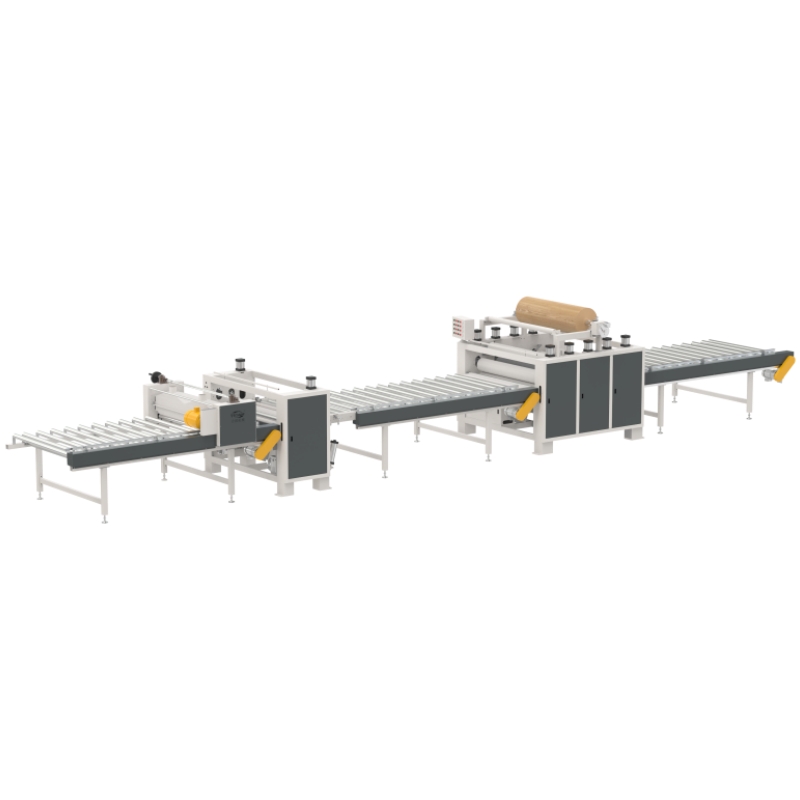The furniture and woodworking industries are constantly evolving, driven by advancements
in technology and the demand for high-quality, cost-effective manufacturing solutions.
Among these innovations, cold glue laminating machines have emerged as a game-changer
for producing laminated panels used in furniture, cabinetry, and interior design. These specialized
production lines excel at bonding decorative materials like PVC films, paper laminates, or veneers
to substrates such as MDF (medium-density fiberboard), chipboard, and plywood. By combining
precision, efficiency, and durability, cold glue laminators enable manufacturers to create flawless
surfaces that meet both aesthetic and functional requirements.

In this comprehensive guide, we’ll explore how cold glue laminating machines work, their advantages
over traditional methods, and why they are indispensable for modern furniture and plywood companies.
1. What is a Cold Glue Laminating Machine?
A cold glue laminating machine is an automated production system designed to adhere decorative
surfaces to engineered wood panels without the need for heat. Unlike hot press laminators, which rely
on thermal activation of adhesives, cold glue systems use solvent-free, pressure-sensitive adhesives
applied at room temperature. This process is ideal for heat-sensitive materials like PVC films or thin
decorative papers, which might warp or discolor under high temperatures.
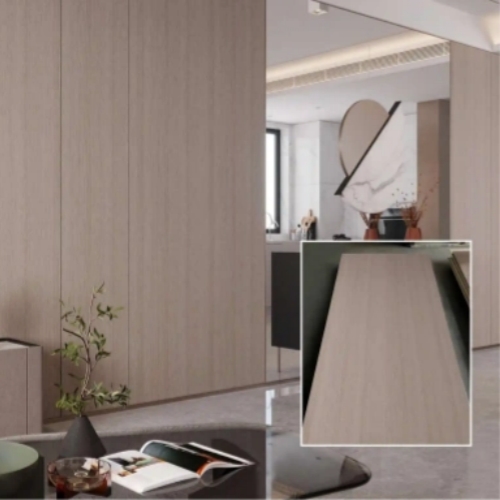
Key Components of a Cold Glue Laminator
Unwinding Unit: Feeds the decorative material (e.g., PVC rolls) into the machine.
Adhesive Application System: Precisely coats the substrate or decorative layer with cold glue using
rollers, sprayers, or curtain coating technology.
Pressing Section: Applies uniform pressure to bond the materials, often using hydraulic or pneumatic
systems.
Curing Zone: Allows the adhesive to set naturally or through controlled environmental conditions.
Cutting and Stacking Unit: Trims the laminated panels to size and prepares them for packaging.
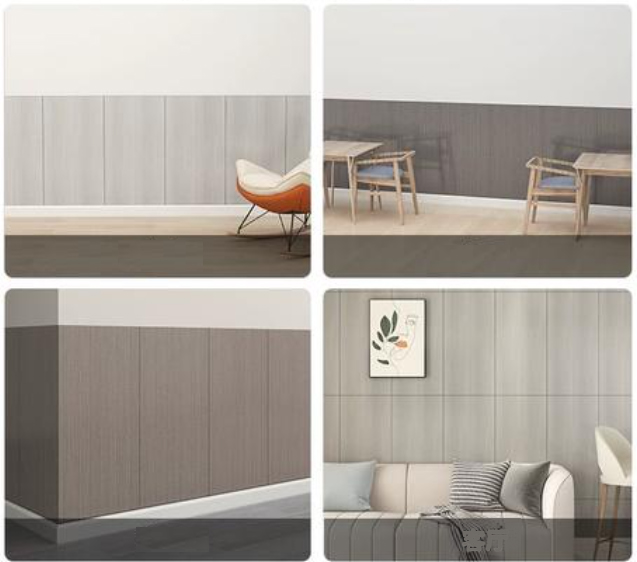
2. Advantages of Cold Glue Lamination Technology
Why are manufacturers increasingly adopting cold glue systems? Here are the standout benefits:
A. Energy Efficiency
Traditional hot press machines consume significant energy to heat adhesives and platens. Cold glue
laminators eliminate this need, reducing energy costs by up to 40% and supporting sustainable
manufacturing practices.
B. Versatility in Materials
Cold glue systems can bond a wide range of materials, including:
PVC films (matte, glossy, or textured)
Decorative papers (printed or solid colors)
Thin wood veneers
Synthetic laminates
This flexibility allows manufacturers to cater to diverse design trends without retooling equipment.
C. Superior Surface Quality
High-pressure rollers ensure bubble-free adhesion, creating a smooth, durable finish resistant to
peeling or warping. This is critical for furniture panels exposed to daily wear or humidity.
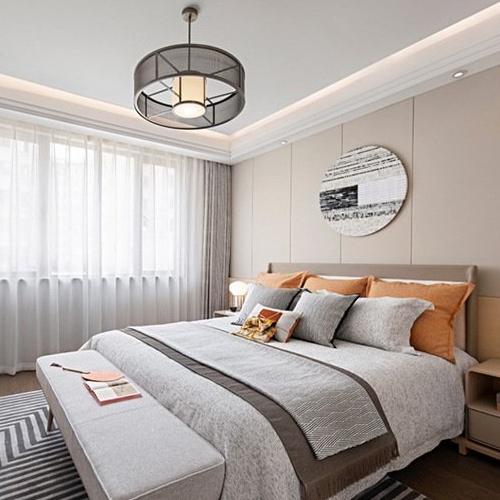
D. Faster Production Speeds
With no heating or cooling downtime, cold glue laminators achieve faster cycle times. Advanced
models can process over 1,000 panels per shift, making them ideal for large-scale operations.
E. Reduced Waste
Precision glue application minimizes adhesive overspray, while automated alignment systems reduce
material misalignment errors.
3. Applications in Furniture and Plywood Manufacturing
Cold glue laminating machines are indispensable for producing:
A. Furniture Panels
From kitchen cabinets to office furniture, laminated MDF or chipboard panels provide a cost-effective
alternative to solid wood. Decorative PVC films mimic wood grains, stone textures, or bold colors,
aligning with modern interior design trends.
B. Flooring Underlays
Laminated plywood sheets are used as moisture-resistant underlays for engineered hardwood or
laminate flooring.
C. Decorative Wall Panels
Lightweight, laminated panels are popular in commercial spaces for creating feature walls or
modular partitions.
D. Retail Fixtures
Durable, customizable surfaces are essential for display shelves, counters, and signage.
Conclusion
For furniture and plywood manufacturers, cold glue laminating machines represent a smart investment
in efficiency, quality, and environmental responsibility. By enabling the production of high-performance
laminated panels at scale, this technology empowers businesses to meet the demands of a competitive
market while reducing operational costs.
Whether you’re upgrading an existing line or entering the laminated panel sector, cold glue laminators
offer the versatility and reliability needed to stay ahead.
Ready to transform your production process? Explore cutting-edge cold glue laminating solutions
today and unlock new possibilities for your product portfolio.
